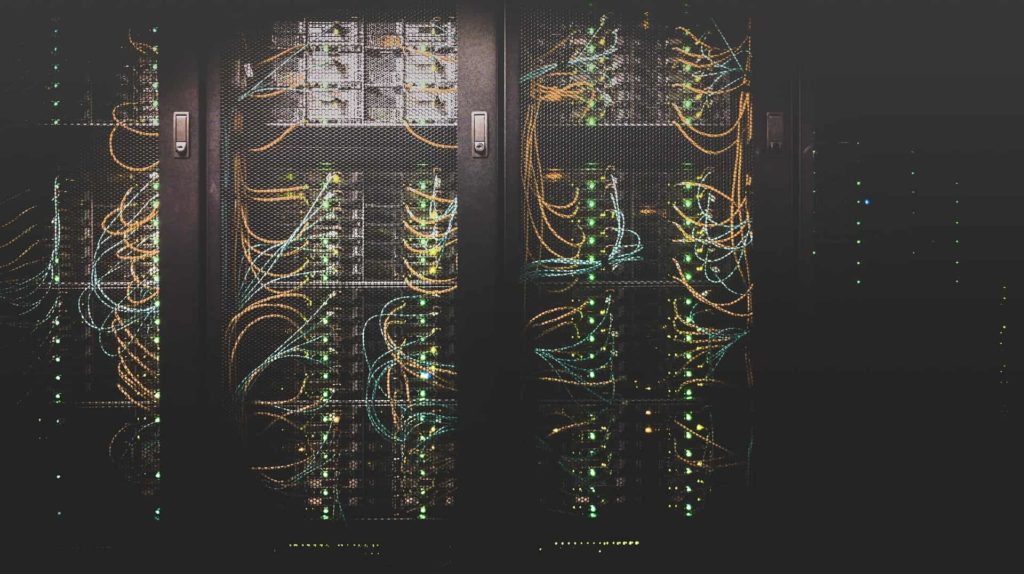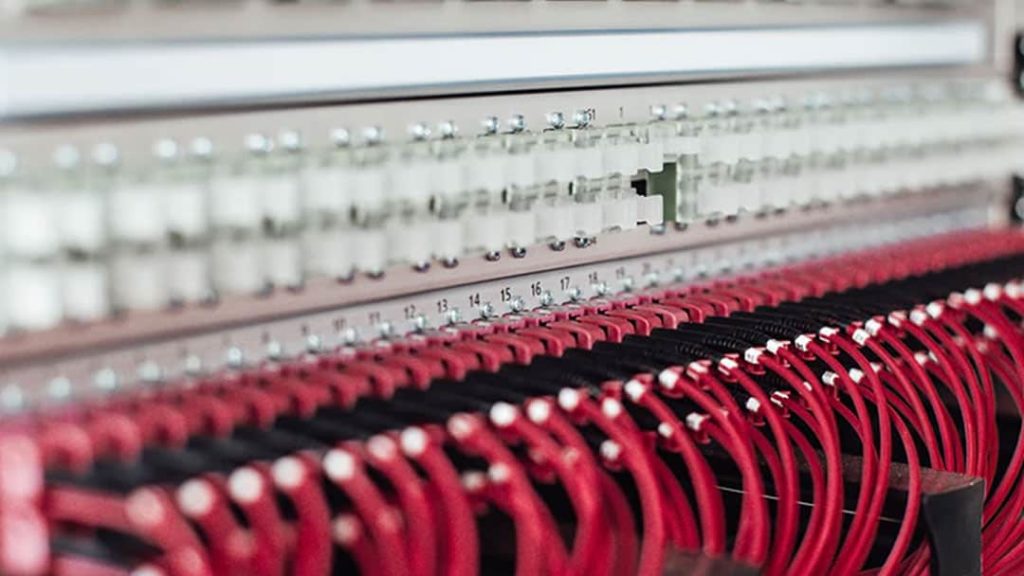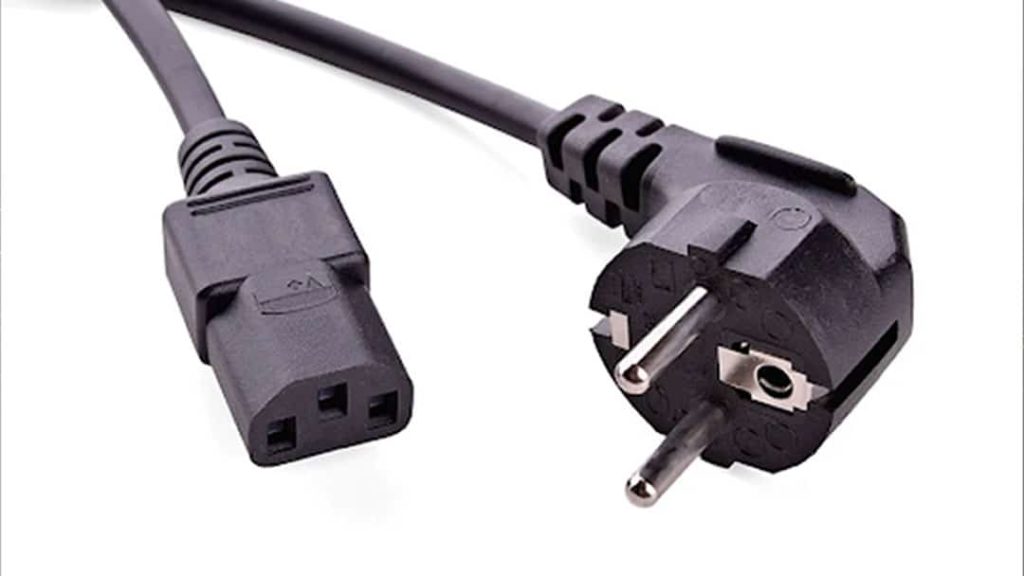As immersion liquid cooling technology advances, many IT managers are looking to install an immersion cooling system in their data centers to increase the efficiency and performance of their servers. The global immersion liquid cooling market is projected to double, growing to $747 million by 2027.
We’ll explain why IT is shifting to this technology, listing its advantages compared to air-cooling systems. But we’ll also cover barriers to adoption. While immersion liquid cooling offers many benefits over air-cooling systems, you’ll need to decide if making the switch is the right move for your enterprise.
What is Immersion Liquid Cooling?
Immersion liquid cooling is a system for cooling hardware in your data center. The hardware is submerged in a non-conductive liquid that absorbs the heat from the hardware directly and efficiently.
There are three common types of immersion cooling:
Single-Phase Immersion Cooling
Hardware is immersed in dielectric liquid within a sealed but accessible tank. The fluid absorbs the heat from the hardware. Then the heated fluid pumps into a heat exchanger, where it cools and then circulates back into the tank.
Single-phase immersion cooling systems are easier to contain fluid and have simpler tank designs. Maintaining fluid hygiene is also more manageable, and these systems have more material compatibility options.
Two-Phase Immersion Cooling
Hardware is submerged into dielectric liquid within a sealed tank. The electronic hardware boils the fluid, which produces vapor that rises from the liquid. A heat exchanger condenses the steam and transfers the heat to facility water that can be removed from the data center.
Two-phase immersion cooling systems are more efficient at heat transfer and can handle greater power densities of up to 250-500 kW/tank. The infrastructure is also less complex than single-phase systems.
Direct-to-Chip Cooling
The direct-to-chip cooling method doesn’t submerge the hardware but pumps fluid through cold plates attached to the servers. The liquid never directly contacts the hardware but can absorb the heat through the cold plates.
Related Link: 10 Best Data Center Companies Worldwide

Advantages of Immersion Cooling vs. Air Cooling
Immersion liquid cooling offers several advantages over traditional air-cooling systems for data centers:
- Increased Efficiency
- Better Performance
- More Reliable
- Simpler Management
- Less Energy Consumption
- Reduced Operational Costs
- Less Construction Time
- Increased Flexibility for Layout Design
If you are designing a new data center, then you’ll want to seriously consider installing an immersion cooling system. The benefits of adopting this technology far outweigh the disadvantages. But for existing data centers, there are a few more barriers to adoption. So you’ll need to consider if the pain and cost are worth the switch.
Are you looking to optimize your data center’s performance while lowering maintenance costs? Learn more about our data center solutions.
Related Link: Top 7 Data Center Locations in 2021 in the US
Disadvantages of Immersion Liquid Cooling
While immersion cooling is more efficient compared to air-cooling systems, it does have some disadvantages you need to take into consideration:
- Complex installation: You’re going to want to have the system professionally installed.
- Expensive to install: The system will save money in the long term, but it does demand a higher installation cost.
- Equipment failure: If any part of the system fails, it can damage all the hardware in the tank. This is why professional installation is critical to reducing faulty parts.
How to Implement Immersion Liquid Cooling in Your Data Center
There are two common configurations for implementing immersion liquid cooling:
- Tank-Style: Servers are vertically installed in a sealed tank utilizing dielectric fluid for heat transfer.
- Clamshell: Servers are sealed horizontally into a rack within a server chassis. Dielectric fluid circulates within the server chassis.
You’ll want to consult with data center design experts that understand and install immersion-cooling systems. Their expertise will be very valuable in deciding which configuration will work best for your business.
Barriers to Adoption of Liquid Immersion Cooling
While liquid immersion cooling is more efficient and requires less maintenance than air-cooling systems, there are several barriers to switching:
- Managing Two Different Systems During Transition: Unless you’re building a new data center, your IT department will need to manage both systems while transitioning to liquid immersion, which can be very challenging.
- Lack of Industry Standards: Currently, there aren’t industry standards, and it can require lots of proprietary technology and liquids to manage the system.
- Electrocution: Dielectric liquid is a preferred fluid for the system because it doesn’t conduct electricity. But there are some systems that use chilled or warm water that can electrocute an IT member if there is a leak.
- Corrosion: With any fluid, corrosion can occur, threatening the system over time.
- Operational Complexity: The system can be challenging to install, maintain, and troubleshoot without the help of professionals, which incurs additional maintenance costs.
If you’re on the fence about whether you should change cooling systems, you should consult with data center design experts who can recommend the best solution for your enterprise needs. While immersion cooling is a superior system, it may be too cost-prohibitive until you’re ready to upgrade or move to a new data center.
Related Link: 4 Considerations for Developing an Edge Computing Storage Strategy

Immersion Liquid Cooling Systems are an Efficient Solution for Data Center Cooling
If you’re designing a new data center, you should seriously consider implementing an immersion liquid cooling system because of its efficiency and performance over traditional air-cooling systems. But while these systems are superior, they come with higher installation complexity, requiring the help of system experts.
C&C Technology Group specializes in data center design and workplace technology planning to improve your business’s operational efficiency and performance. We can help you plan, design, and implement the best technology solutions in ICT, audiovisual, smart building, and security.
Want a better cooling solution that improves the performance of your data center hardware? Contact us to customize a high-efficiency solution for your enterprise.
Related Link: Best Data Center Racks (Buyer’s Guide)
Last Updated on August 2, 2022 by Josh Mahan




